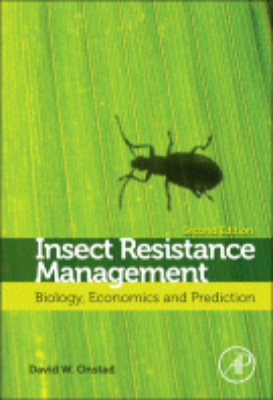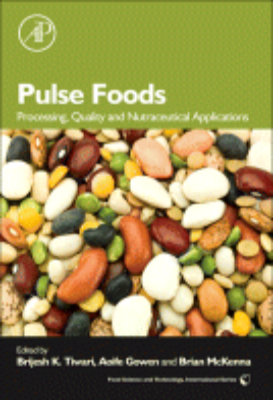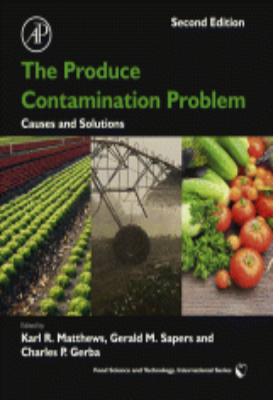Pathology of Domestic Animals: Volume 1 1993
“The all-new Fourth Edition of Pathology of Domestic Animals comprehensively covers the biology and pathology of diseases of domestic animals on a systemic basic. Updated and expanded to reflect the current knowledge of the study of domestic animal diseases, this three-volume set appeals to veterinarians, veterinary students, trainee veterinary pathologists learning the scope of their field, and practicing pathologists confronted with diagnostic problems. Key Features. All material completely updated and expanded to reflect the current knowledge of the study of diseases of domestic animals. Covers the biology and pathology of diseases of domestic animals on a global basis. Emphasizes the pattern of disease and the defense mechanisms of each organ system. Several new illustrations”
| Publication Language |
English |
|---|---|
| Publication Access Type |
Premium |
| Publication Author |
* |
| Publisher |
Elsevier |
| Publication Year |
* |
| Publication Type |
ebooks |
| ISBN/ISSN |
* |
| Publication Category |
Animal Science |
Kindly Login to ICAR Digital Library Portal.











